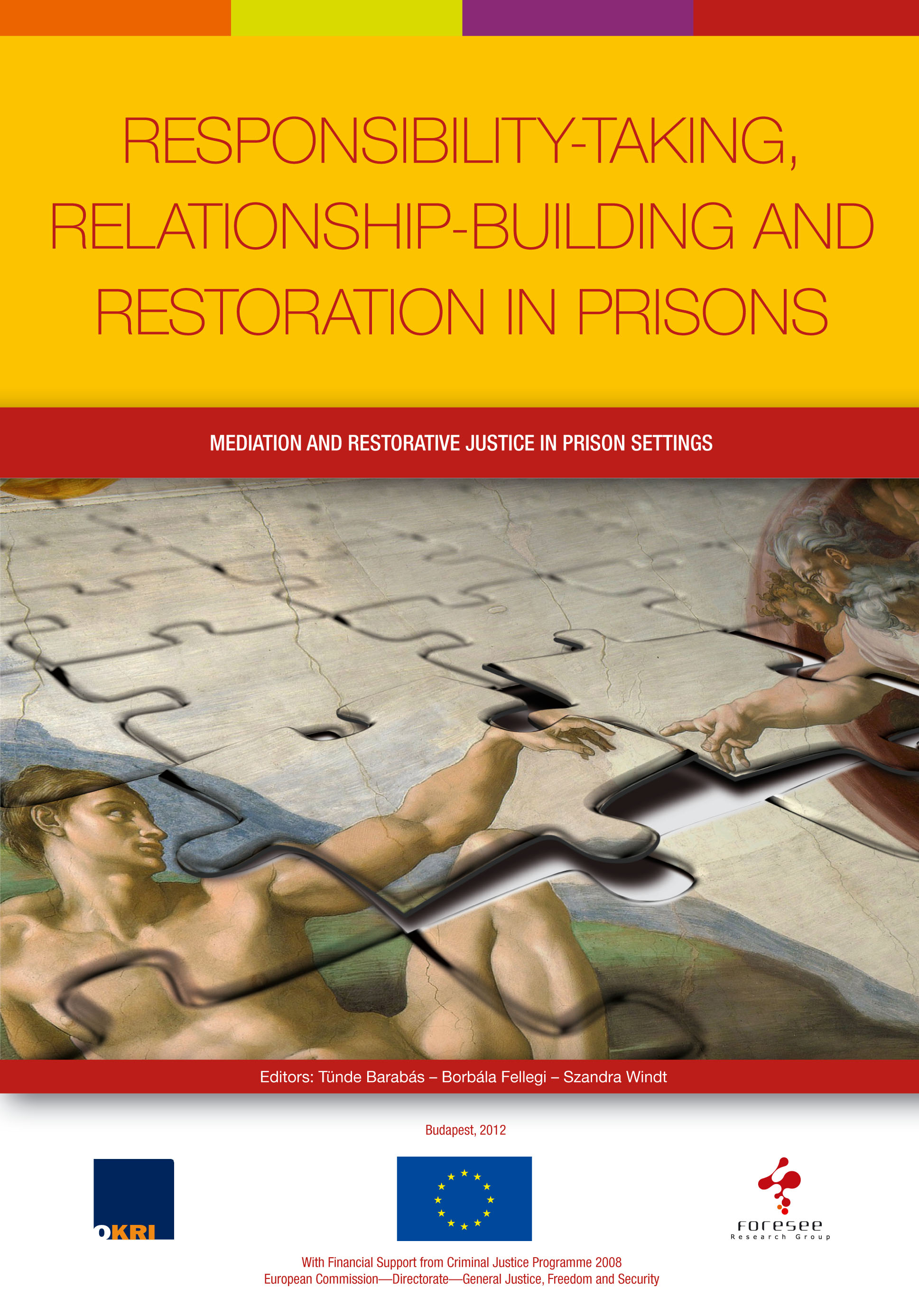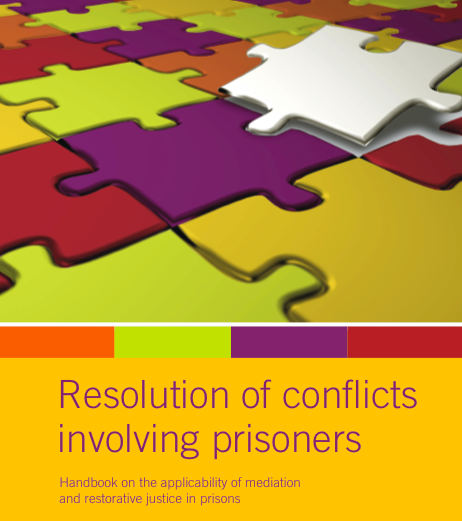According to the statistics, in Hungary on an average three women are killed by their partners in a month. Since the IMPRODOVA research has started (May 2018), several fatal domestic violence (DV) incidents have been reported by the media, which shed light to the dysfunctional institutional answers to violence and illustrated individual examples to those problems that the research has identified. On average in 2019, 33 DV cases were reported per month in the country. The majority of domestic homicide cases (which were also covered by the media) had antecedents, but these previous crimes were not accompanied by an effective frontline response to prevent the occurrence of further violence. In December 2019 an ex-detainee, who has been on parole for two month and previously sentenced for a homicide attempt against his wife, killed two of his children and himself on a parental visit. The case had a great echo in the system and was followed by monitoring examinations of the frontline response procedure ordered by the government and by the Commissioner for Fundamental Rights.
If we check further fatal cases that happened in the last 12 months and got publicity in the media, we see that all cases have been preceded by violent actions before the homicide against a partner or against children. Physical or emotional violence was present in these relationships. A few examples from the list of DV-homicides: In September 2019, a woman in her twenties was seriously assaulted by her partner and later died of her injuries. The parents of the woman admitted that the woman was afraid of her partner who previously already assaulted her physically and threatened her with killing. In October 2019, a woman was beaten up for death by her partner. The fatal event was preceded by regular physical assaults from the partner. In some cases, the man had hit her so extremely that the woman could not come out of the house for days. Another case that has happened under the COVID -19 lockdown was a homicide of an old man killed by his son, who suffered from psychiatric problems and has been previously sentenced for a serious assault against is parents for a two-year long prison sentence suspended for three years in 2018. He committed the homicide during the operational period. Despite of the antecedents, the family was not provided by any social or psychological aid that could have predicted the risk and prevented the death of the father.
These cases emphasize the long-lasting, burning problems characterizing the frontline response handling high-impact domestic violence in Hungary. Serious shortcomings of the DV-related legislation, legal practice and social services form the background of the fact that several cases end up in serious physical injuries or deaths that could have been prevented. In the following, I will report some findings to capture the most striking problems that have been identified as part of the IMPRODOVA research in Hungary.
Problems regarding the legal framework and legal practices of domestic violence as a crime
The most crucial shortcoming of the legislative framework is that it is upon the victim's request to file a criminal complaint if the DV does not include serious physical injuries. The police has to act ex officio only if the violent criminal offense is an aggravated battery (Section 164 (3))1. Regularity is a premise to recognize DV as a crime. In case of no previous criminal records, it is oftentimes very difficult to prove regularity, especially in case of psychological or emotional violence. The collection of reliable evidence is hindered by several circumstances, including the strict and rigid regulations of medical reporting and the lack of accessible information publicly available for women about the conditions of getting a medical report in time. Although in most of the cases where a DV complaint is filed, the police investigates. Nevertheless, due to the lack of sufficient evidence most cases do not result in a criminal charge. A further problem is that the prosecution evaluates evidence freely, which results in a lack of unified adjudication and judgment practices. „What would be enough for a charge in one county would not be enough in another" - as a representative of a county police department described in the research. Thereby, if other crimes had been also committed, the police often investigates in different crime categories instead of DV, such as simple or aggravated battery - to enhance the chances of a criminal charge. Even if there is a charge, sentences are rarely proportionate to the violent actions and to the impacts of violence, which intensifies the risk of further, more severe violent perpetration.
Inefficient risk assessment as a source of fatal incidents
Lack of formalized, unified risk assessment protocols in detecting and protecting DV victims by the police, social services and medical professions put a disproportionate weight on individual expertise and personal attitudes of the responding services. Current risk assessment practices are accidental and usually insufficient. Risk assessment procedures usually do not consider the history and wider context of violence, only the actual violent crime. Hence, sometimes situations of high risk are neglected, keeping the victims in the spiral of violence, raising the chance of further, more violent crimes.
Social and Child Welfare Services do not have a unified protocol regarding the detection of DV victims and the assessment of victimhood-related risks, neither a protocol on the measures as reactions to certain types of violence. Practitioners whom we interviewed in the research, reported that risk assessment measures vary countrywide on a large scale depending on the individual competencies and attitudes of the responding service.
A shelter-director illustrated inappropriate risk-assessment and inefficient sentencing with a shocking example of a case, where a child was killed which was the result of the improper legal framework and systemic answer: A mother was accepted in the shelter with three children. Due to the legal status after a divorce, the fourth child stayed with the father. The mother reported to the shelter that the fourth child is in danger - the father would beat him up on a regular base. The police initiated an investigation to the signal of the shelter, but the medical reports could not prove without a doubt that the injuries were caused by a physical assault. Nevertheless, based on the decision of the Guardianship Office the child was replaced to a Children's Home of the Child Protection Service. The police was not convinced based on the evidence available to file an ex officio complaint against the father. Finally, the mother filed a complaint against him, but the evidence was not enough for a charge by the prosecution. Since there was no charge against the father, he was allowed to see the child regularly during home visits of the child. On one of those visits, the father killed the child.
A further aspect behind the lack of signalling, mentioned by several social service representatives, is fear. The lack of efficient risk assessment and disproportionate sanctions resulted in a few cases where social workers were seriously harmed by DV perpetrators. Protocols do not provide protection for the frontline responders of DV, which is a significant deterrent factor from reporting. This is extremely problematic in small rural communities where it is not possible to keep anonymity, and where the social status of violent perpetrators hinders all community members – including the social professionals – to report violence.
Sanctions without social measures
As a reaction to the outstanding numbers of fatal domestic violent incidents last year, the government proposed a law amendment that intends to exclude the possibility of parole in case of intentional domestic violent offences against life. The proposed law was accompanied by protests of human rights defenders who argued that the prohibition of parole as a single restrictive measure is very contra-productive and does not serve the needs of the victims. NGO's and experts raised their voice for the revision of the complete legal framework, legal practice and institutional answers to high impact domestic violence accompanied by missing work in prisons countering violence, enhancing rehabilitation and restoration. Meanwhile the Hungarian parliament – ignoring civil society pressure – has adopted a declaration rejecting the ratification of the Istanbul convention previously signed by Hungary. With this step the governmental majority expressed the approach of not accepting international binding rules to combat violence against women, but fighting violence in unique, highly politicized ways.
1 Act C of 2012 on the Criminal Code, Section 164 (3).
The article was originally published on:
https://www.improdova.eu/blog/detail.php?we_objectID=184














No comments